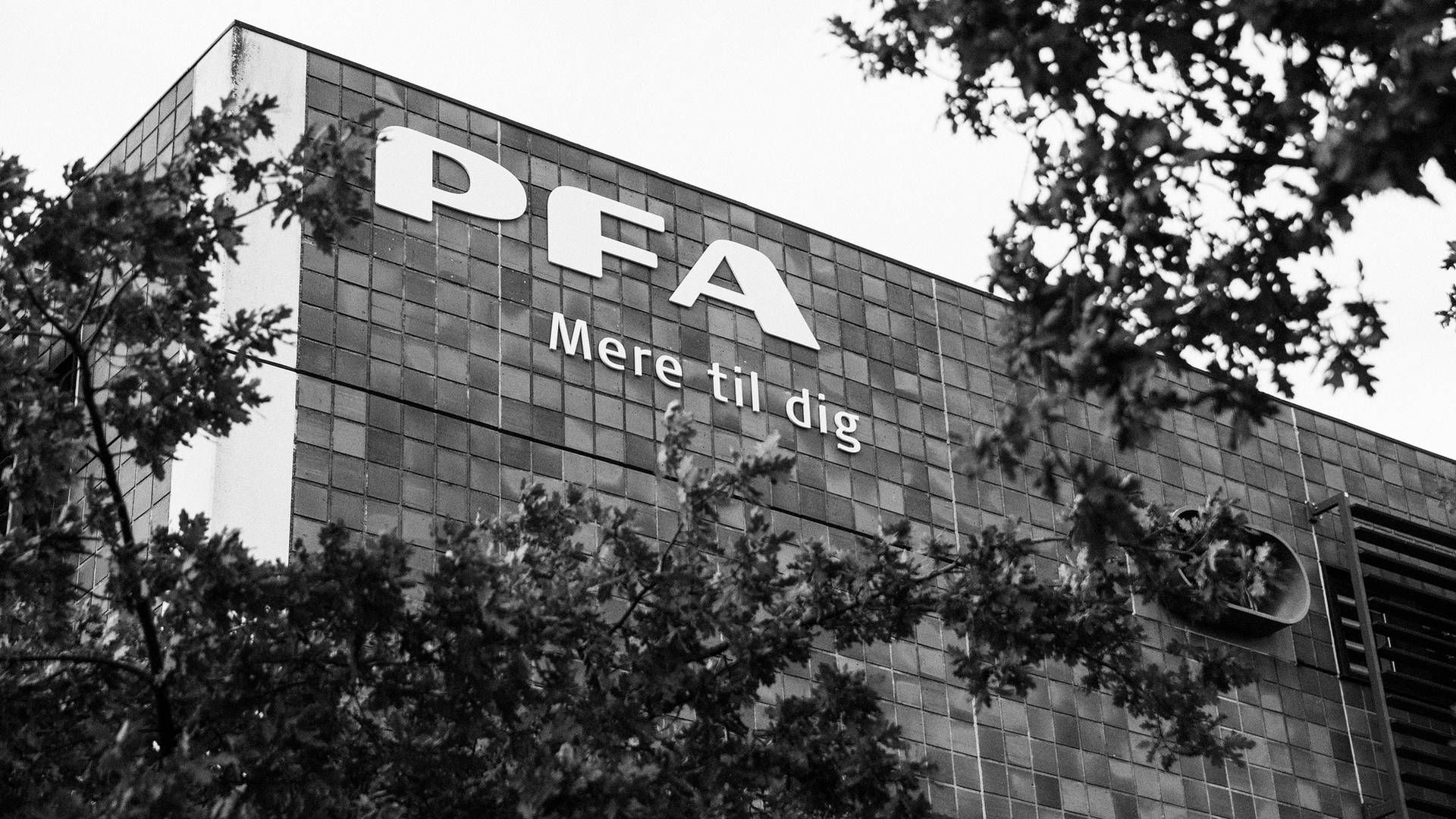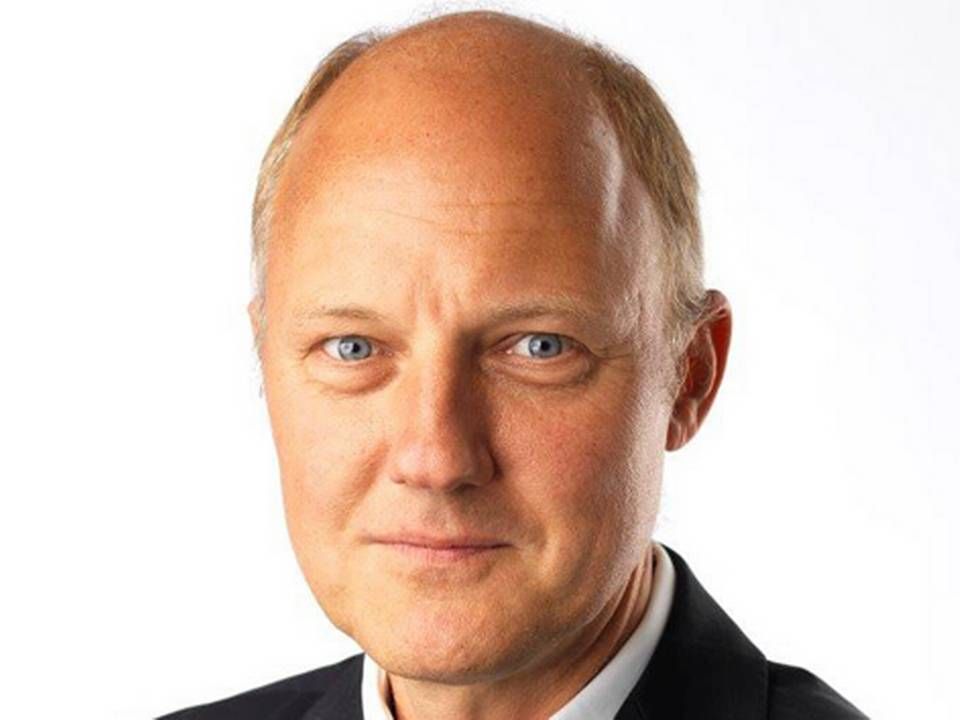Denmark’s biggest commercial pension fund is shunning these high-yield products

PFA, which manages around USD 100bn from its offices in Copenhagen, says it has looked into buying so-called capital relief instruments, in which banks pay investors to take on their credit risk using a variety of securitization techniques. Investors get very high returns and banks get lower capital requirements.
But PFA Chief Financial Officer Anders Damgaard says that talks with issuers keep stalling on one key question: What happens if regulations change? For PFA, there’s little interest in a product that doesn’t protect investors from that risk. “We’ve been looking into it,” Damgaard said in an interview. “Given the regulation, it is possible to construct a capital relief trade. The tricky part is what if the regulation is changed under way?”
European banks have been testing investor appetite for capital relief products as they face higher regulatory requirements. Nordea Bank Abp and other Nordic lenders may be particularly exposed, as new rules look set to attach higher risk weights to their mortgage and corporate loans.
Other big investors have expressed interest in capital relief products. Earlier this month, Varma Mutual Pension Insurance Co. Chief Investment Officer Reima Rytsola said his fund has been approached by Nordic banks. While Varma, which oversees about USD 50bn in assets, isn’t about to enter any such deals at this point, Rytsola characterized capital relief as “win-win” transactions for both investors and banks.
Banks Test Capital Relief Waters in Talks With Nordic Fund Capital relief products also enjoy the support of European lawmakers, who are keen to let banks find ways to make it cheaper to lend to companies. But new securitization regulations around the instruments only came into effect this year, adding to the risk that rules governing them might be adjusted.
“The regulation has been changing, sometimes frequently,” Damgaard said. “How it will be in four, five years, nobody knows exactly. So who’s taking that risk? That’s been the thing that we’ve been running up against.”
The risk associated with buying capital relief products is part of the reason why they already offer such high returns, especially against a backdrop of negative yields across large swaths of Europe’s debt markets. The Dutch pension fund PFZW has invested in what it calls credit risk sharing transactions since 2006.
Early last year, it said the realized average returns for such capital relief instruments can be as high as 12 percent annually. Extreme monetary stimulus has forced pension funds into riskier assets, not least to find diversification. PFA reported its best six-month investment result ever in August, but the lock-step movement of stocks and bonds is causing concern.
Read the whole article
Get access for 14 days for free. No credit card is needed, and you will not be automatically signed up for a paid subscription after the free trial.














